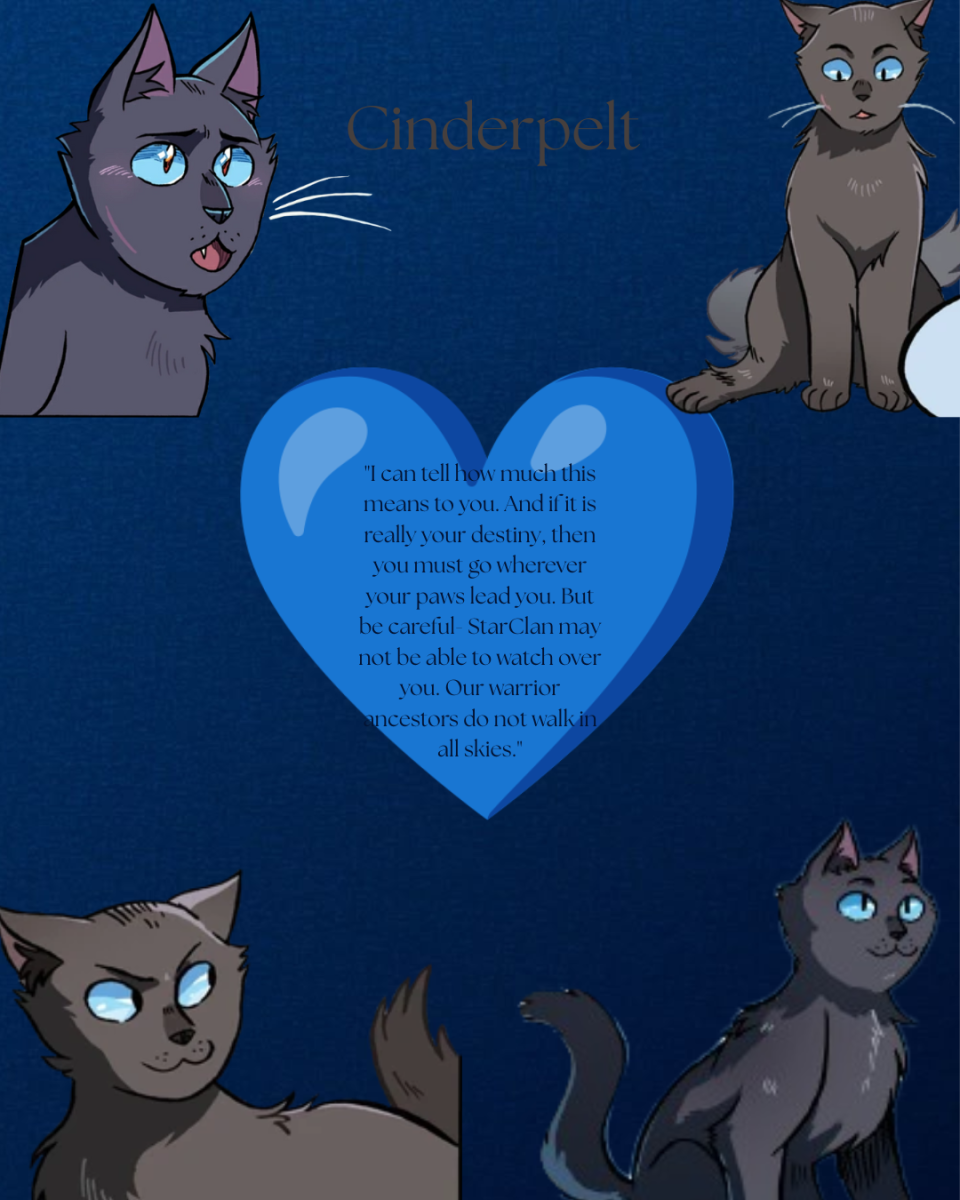Most of you know what a vampire is. Most of you also know about the most famous vampire Count Dracula, who was in the novel Dracula by Bram Stoker which was published in 1897. But the legend of vampires was around even before Stoker was born.
What is a vampire?
Vampires (or vampyres) are like humans; although, they have sharp fangs which they use to suck blood out of a human. They drain all the human’s blood and kill them, turning those people into vampires. Vampires hunt at night because sunlight weakens them. The sun weakens them so badly that, when they start to burn, they have smoke all around them. Of course, a vampire can turn into a bat to hide themselves from humans. They have super strength and can hypothesize humans.
Are vampires real?
Vampire superstition thrived in the Middle Ages, especially as the plague decimated entire towns. The disease often left behind bleeding mouth lesions on its victims, which to the uneducated was a sure sign of vampirism. Many people who had a physical or mental illness were seen as vampires. Many researchers have pointed to porphyria, a blood disorder that can cause severe blisters on the skin that is exposed to sunlight, as a disease that may have been linked to the vampire legend. Some symptoms of porphyria can be temporarily relieved by ingesting blood, which is why they see these types of people as vampires. When a suspected vampire died, their bodies were often disinterred to search for signs of vampirism.
Real vampires
Although modern science has silenced the vampire fears of the past, people who call themselves vampires do exist. They’re normal-seeming people who drink small amounts of blood in a (perhaps misguided) effort to stay healthy. To avoid rekindling vampire superstitions, most modern vampires keep to themselves and typically conduct their “feeding” rituals—which include drinking the blood of willing donors—in private. Some vampires don’t ingest human blood but claim to feed off the energy of others. Many state that if they don’t feed regularly, they become agitated or depressed. Vampires became mainstream after Dracula was published. Since then, Count Dracula’s legendary persona has been the topic of many films, books, and television shows. Given the fascination people have with all things horror, vampires—real or imagined—are likely to continue to inhabit the earth for years to come.
Source: Vampire History










